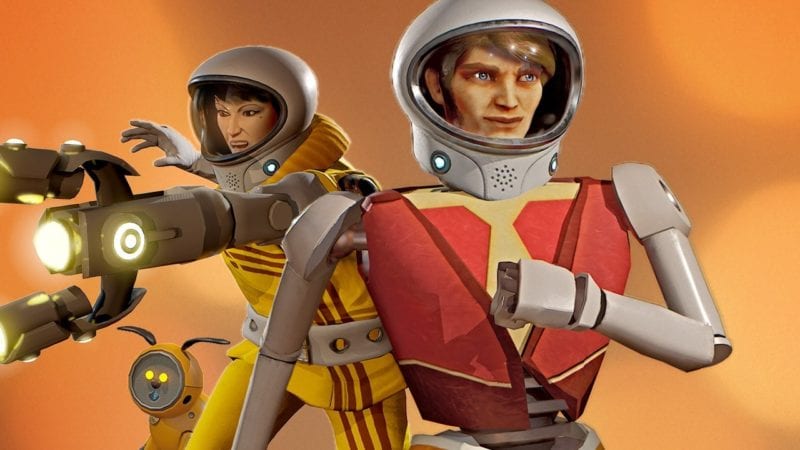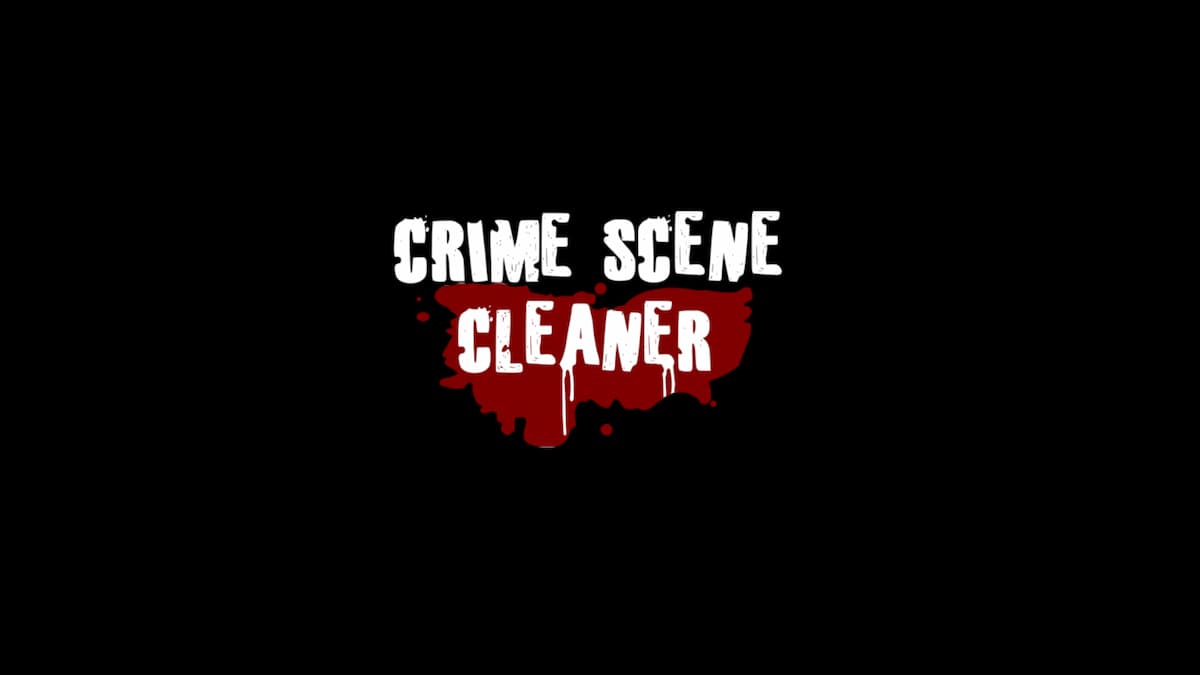Headlander on PlayStation 4
There aren’t all that many games that allow you to control a disembodied head, and I imagine if there were, not many of them would be half as fun as Headlander.
Headlander is a Metroidvania-styled side-scroller which sees players assume the role of one of three disembodied heads (you get to choose which you want to take on your adventure). You are an unnamed hero who awakens on the Starcophagus and must help the male voice communicating with you, otherwise known as Earl, put a stop to the evil AI, named Methuselah, that has enslaved humanity and rules this futuristic world. As you embark on your quest, you’ll meet a bunch of different robots and come up against increasingly stronger security the closer you get to putting an end to the AI’s reign. Realigning satellites, disengaging lift locks, and battling it out in a weird robot game of chess are all objectives you’ll have to complete during your time with Headlander, and it doesn’t fail to bring that classic Doublefine humor to the table in droves (just wait until you hear the doors’ awful color puns).
Awakening on the Starcophagus, the game eases you into its mechanics, teaching you that as a jet-propelled head in a helmet, you can vacuum off the heads of the robots around you and assume control of their bodies. Yes, it’s as fun as it sounds. Controlling these different bodies can give you access to different areas of the world and this is where the main crux of Headlander’s gameplay lies.
You see, the doors in Headlander’s 1970s sci-fi world are color coded, and it just so happens that all of the different robot bodies that you’ll come across are as well. Therefore, in order to access certain rooms and areas and progress through your adventure to take Methuselah offline, you must take control of these different bodies and either walk up close, or shoot the door to pass through.
While this may seem like a relatively simple mechanic, Headlander uses it and its vast network of corridors to create some genius side-scrolling moments. No jumping also makes things a little more interesting, meaning that you may be able to see the door you want to go through, but you’ll have to find a different way if you can’t work out how to open the door from where you’re standing. After all, a door isn’t just going to open for a floating head.

What makes the headlanding mechanic so much more enjoyable is the great level design. Though the game starts off slowly and gets you to grips with traversing its world, it doesn’t take it long to up the ante. Soon enough it’ll have you thinking more about how you’re going to get that yellow body you passed before, over an insurmountable gap, and into this room to unlock that darn door.
It’s not just the critical path of Headlander that is riddled with head-scratching moments. The spaceship interiors you’ll be exploring are filled with hidden passages tucked away in high corners or on the ceilings of rooms. Those inquisitive enough to explore these will be rewarded with upgrades and collectibles, which can also be acquired by completing numerous tasks for some of the robots wandering around different areas of the ship. You’re not forced into going off the beaten path to get these power-ups, though some may struggle without these buffs as they near the end of their sci-fi adventure.
Taking my time to go off of the beaten path and explore some of its more hidden away rooms, Headlander took about nine hours to complete. Those who wish to experience everything that Headlander has to offer will find themselves spending much more time with the game, as they retread familiar ground using new-found abilities to get to new areas, or retrieving that item for an NPC.
As you advance on your quest, you’ll move through the range of different robot colors, representing increasing levels of security: red being the lowest, orange, yellow, green, blue, and pink as the highest. The further up on the color scale, the more access they have to doors, and more importantly, the more lethal their weapons. This is both a good and a bad thing for you. On the upside, you’ve got some serious firepower when you need it during the later fights in the game. On the downside, so will your enemies.
Combat against these enemies feels very much like a twin-stick shooter. With the left sticks moving you around the world, the right used for aiming, and R2 acting as the trigger on your weapon. Thanks to the headlanding mechanic, you’ll often be more successful trying to pull off an accurate headshot and taking the head clean off, rather than chipping away at the much larger health bar of the body. More times than not, vacuuming or shooting an enemy’s head off is the only way to progress, with the colored door simply being too high of a level for your current body. Headlander prides itself in requiring you to think about your approach to both combat and platforming under moments of pressure.
For the most part, Headlander’s combat is straightforward and many players will breeze through a majority of the game with few hiccups. Where the game does suddenly ramp the difficulty up, though, is its final battle. A three-part epic battle where the odds are certainly not in your favor. We won’t say any more to avoid spoilers, but it’s certainly one of the most challenging and enjoyable moments of this eight to 10-hour experience.

Though the game looks pretty and largely managed to keep up with the action on-screen, Headlander did slip up once or twice through its campaign. During my time playing, Headlander crashed three times in the exact same spot where the action on-screen became too much to handle. The game sent me back to the home screen and forced me to redo the exact same corridor puzzle over and over. I noticed a lot of slowdown in the game at this point, though there were seldom other points at which this happened. Though it wasn’t enough to severely detract from the overall experience, it was definitely frustrating when I had to do the same thing for the third time over due to no fault of my own.
Epic though it may have been, Headlander’s final boss battle and some other moments of the game are hindered by a rather tedious checkpoint system. Boss battles require you to complete the whole thing in one go, sending you back to the very beginning no matter how close you were to dealing the final blow in the last third of the fight. Rooms requiring you to take out a number of nodes reset entirely with each death, even if you were inches away from taking the last one out. It’s not a huge deal, and it’ll remind you to take your time and evaluate the best method to take down these trickier sections, but some will definitely find it irritating.
Headlander had me hooked during my nine hours with it. The game oozes with charm through its off-the-wall and eccentric gameplay mechanics, and its humorous characters and fictional world. Though the checkpoint system may feel a little too ‘hardcore’ for some, and the game seems to struggle under the pressure of some of its more demanding moments, those who are after a Metroidvania-style side-scroller could do a lot worse than this. Besides, you control a floating head!
Score: 4/5 – Great
Pros
| Cons
|













Updated: Jul 26, 2016 08:02 am